15. Telescopes#
15.1. Types of telescopes#
Object and image are both at infinity (collimated light in, collimated light out).
There are 2 main configurations: Kepler, and Galilean (see Fig. 15.1).
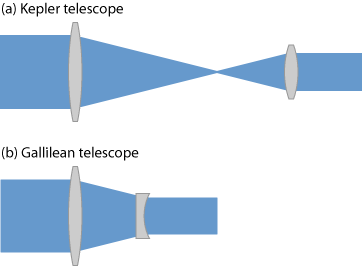
Fig. 15.1 Kepler vs Galilean telescopes.#
In Kepler telescopes, both \(f_1\) and \(f_2\) are positive lenses with the distance between them \(D = f_1 + f_2\). Galilean telescopes, on the other hand, have \(f_1\) as a positive lens and \(f_2\) as a negative lens. The distance \(D\) between is still \(D = f_1 + f_2\); in this case, however, the distance is shorter (since one of the lenses is negative).
Since there is no focus, we will use angular magnification:
Modern astronomical telescopes are actually really large cameras. The goal of a telescope is to separate two closely spaced, distant objects (such as two stars).
Let’s look at a circular aperture of an astronomical telescope. We’ll model it as a single perfect lens.
Fig. 15.2 Single perfect lens.#
At the focal plane:
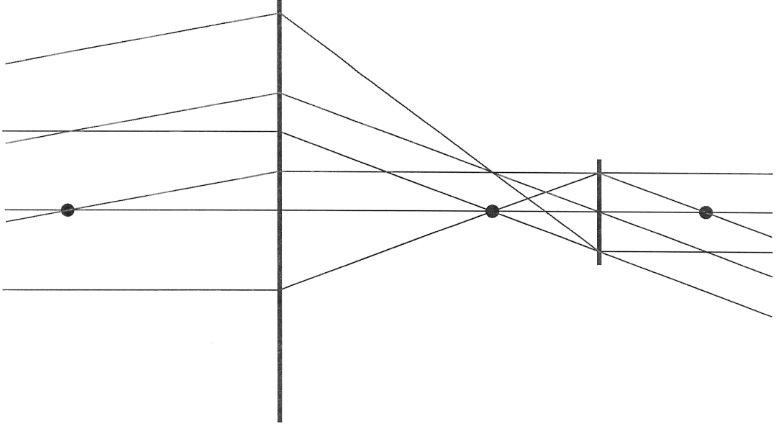
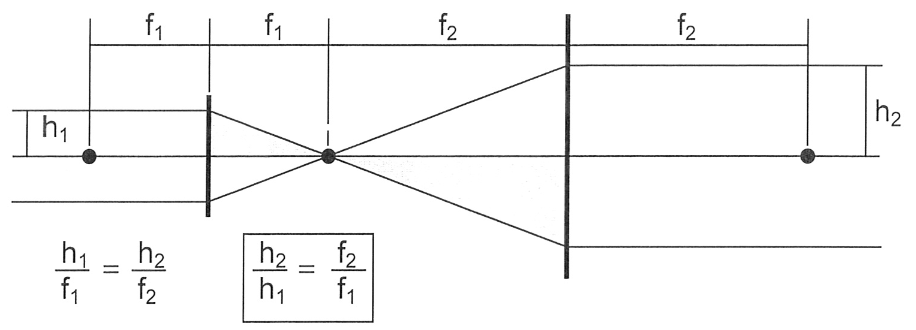
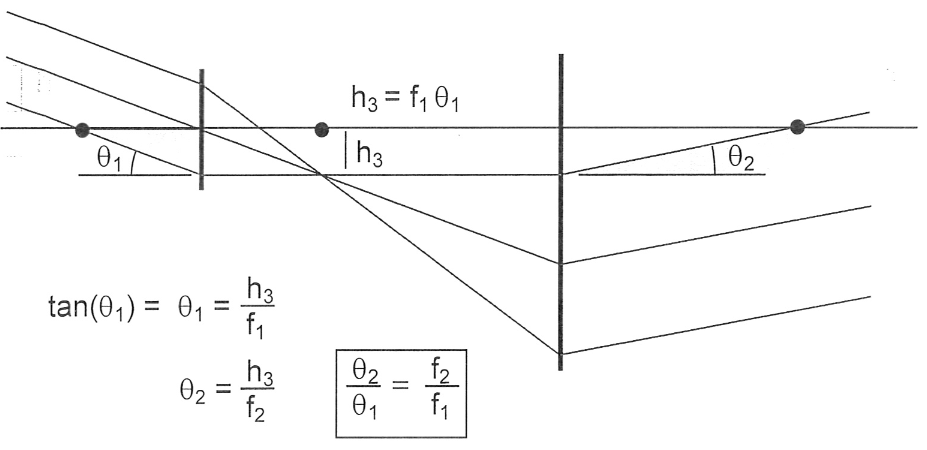
15.2. Irradiance pattern#
The irradiance pattern is
Show code cell source
import numpy as np
from scipy.special import jv
import matplotlib.pyplot as plt
plt.subplots(figsize=(10,6))
a = np.linspace(-4, 4, 1000)
D = 2
I0 = 1
I = I0 * (2 * jv(1, D * a) / (D * a)) ** 2
plt.plot(a, I)
plt.title("Irradiance Pattern")
plt.xlabel("Position (au)")
plt.ylabel("Intensity (normalized)")
plt.grid()
plt.show()
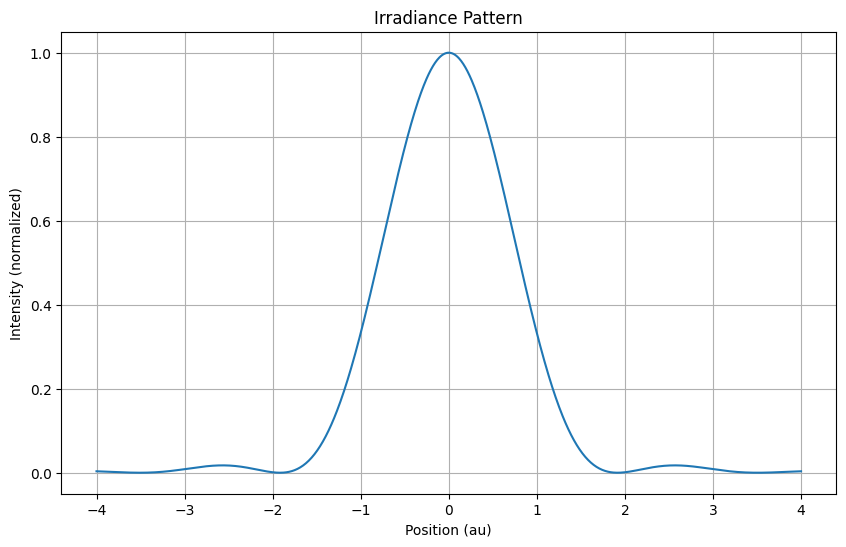
What is the diameter of the central lobe?
This is called the Airy Disk.
What if the incident beam has a different angle?
Plane wave equation:
If we use \(E_i = \exp [j k \sin \theta y] = \exp [j 2 \pi \frac{\sin \theta}{\lambda} y]\):
The pattern is the same; it is just shifted by
This is the same as that predicted by the conjugate equation.
15.3. Rayleigh Criteria#
- Rayleigh Criteria
Two incoherent point sources are “barely resolved” by a diffraction-limited system with a circular aperture when the center of the Airy disk of one point falls exactly on the first zero of the diffraction pattern.
So, the resolvable separation is
Hence, the angular resolution is better with a larger diameter.
However, a standard ground telescope has a limit to the maximum resolution it can attain. This limitation is caused by turbulence in the air.
See the following websites:
Low turbulence: \(\theta \geq 0.5 \mathrm{arcseconds}\)
Higher turbulence: \(\theta \geq 2 \mathrm{arcseconds}\)
Using visible light (550 nm), at low turbulence:
At high turbulence:
Some existing telescopes:
Telescope |
Diameter |
Min Separation |
Year Constructed |
|---|---|---|---|
Keck (Hawaii) |
10 m |
\(0.07 \mu \mathrm{rad}\) |
|
Gemini (Chile) |
8.1 m |
\( 0.08 \mu \mathrm{rad}\) |
|
Bolshoi (Russia) |
6 m |
\( 0.1 \mu \mathrm{rad}\) |
|
Mt. Wilson (California) |
1.5 m |
\( 0.4 \mu \mathrm{rad}\) |
1908 |
Mt. Wilson (California) |
2.54 m |
\(0.26 \mu \mathrm{rad}\) |
1917 |
Mt. Wilson (California) |
5.08 m |
\(0.13 \mu \mathrm{rad}\) |
1949 |
Yerkes (Wisconsin) |
1.01 m |
\(0.66 \mu \mathrm{rad}\) |
1895 |
All of these telescopes would be limited to \(\Delta \theta = 2.4 \mu \mathrm{rad}\) or a diameter of 0.22 m or 8.7 in.
Telescopes have a large diameter for greater light collection, rather than resolution.

